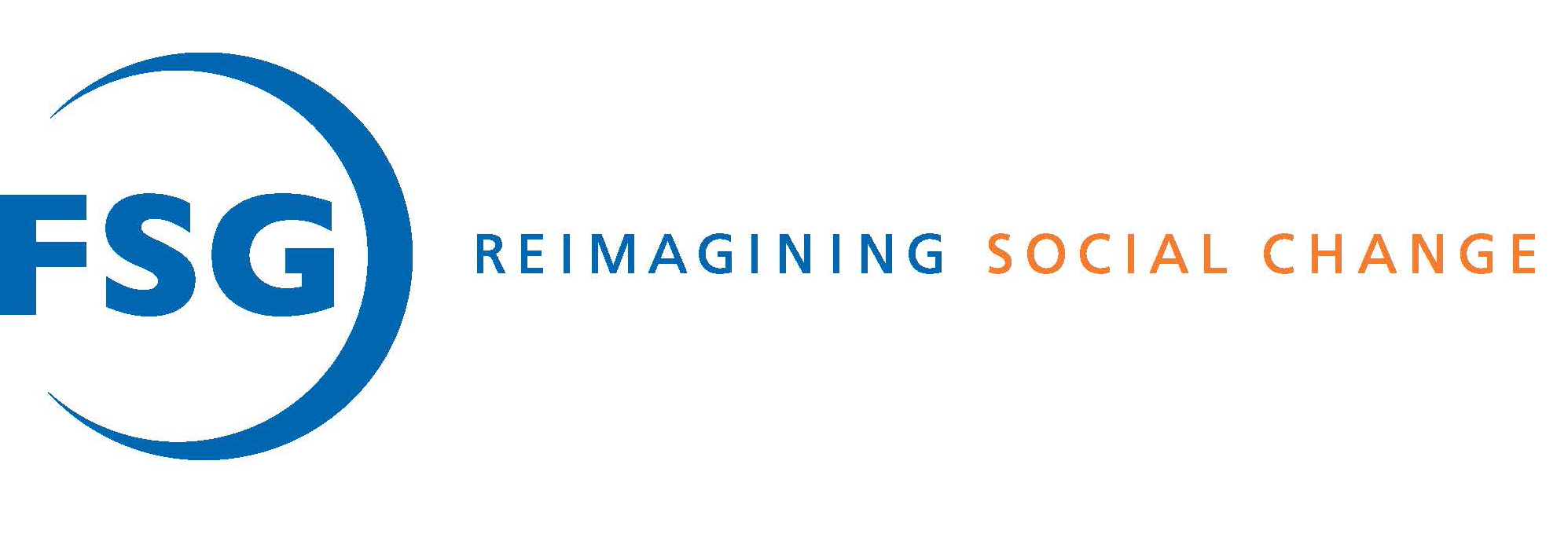Collective Impact Without Borders
by Philippe Sion

Collective Impact without Borders
Since publishing the original collective impact article in 2011, the majority of FSG’s work supporting cross-sector collaboration has been focused on communities or regions in the U.S.—like supporting the Early Matters coalition in improving early childhood education in Houston, Texas, or working with leaders across New York State to transform their juvenile justice system—and we have explored how to find the right geographic scope for a collective impact initiative.
As we have deepened our understanding of what it takes to effectively implement cross-sector work, we have been asked to advise on a growing number of collaborations across national borders. Given the increasing interest in implementing collective impact across geographies and cultures, we wanted to share what we have learned from launching and advising funder-driven, transnational collaborative efforts.
In a new article in Stanford Social Innovation Review, “Collective Impact without Borders,” we discuss 2 important considerations for funders interested in transnational collaborations and share lessons from organizations doing this work, including Family Care First, the Tauber Family Foundation, the Walton Family Foundation, Humanity United, and the Freedom Fund.
Read “Collective Impact without Borders” on SSIR.org
Learn more about FSG’s collective impact services
Read the Collective Impact Principles of Practice from the Collective Impact Forum
For more examples of global cross-sector collaboration, check out our interviews with the EYElliance, a coalition of multi-sector stakeholders collaborating to address the global unmet need for glasses, and CocoaAction, a voluntary industry-wide strategy that aligns the world’s leading cocoa and chocolate companies, origin Governments, and key stakeholders on regional priority issues in cocoa sustainability.

